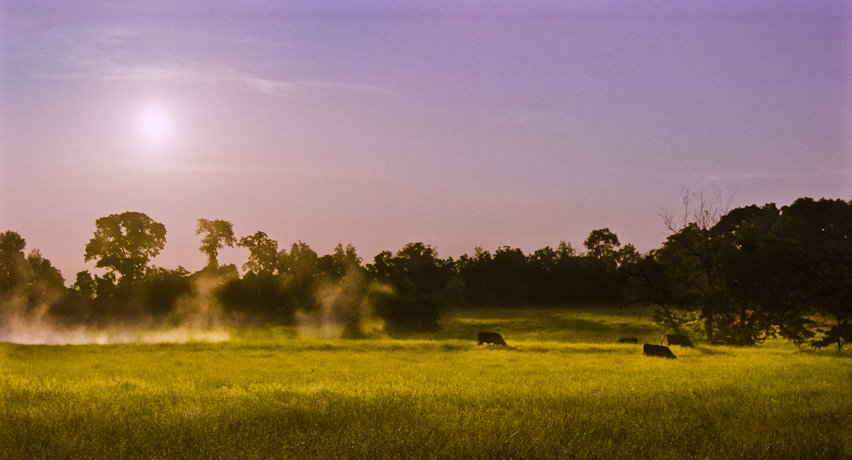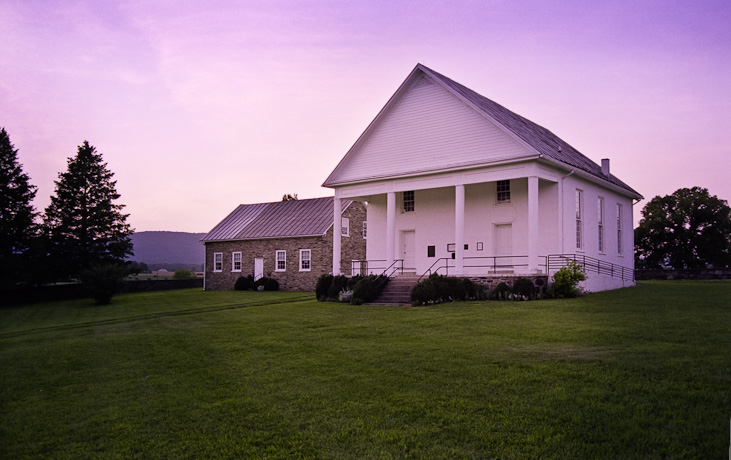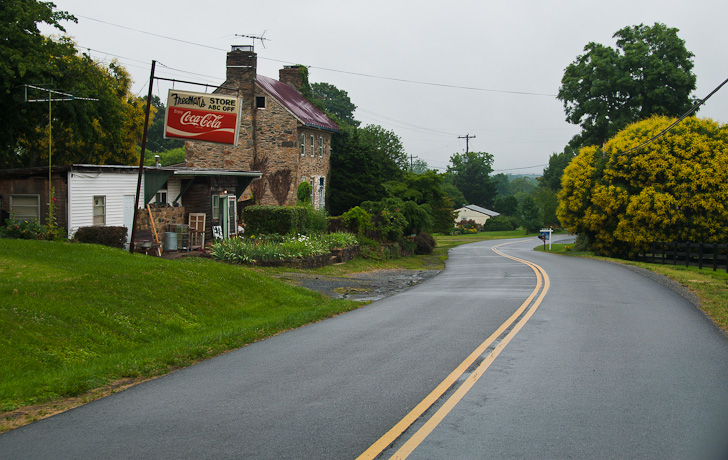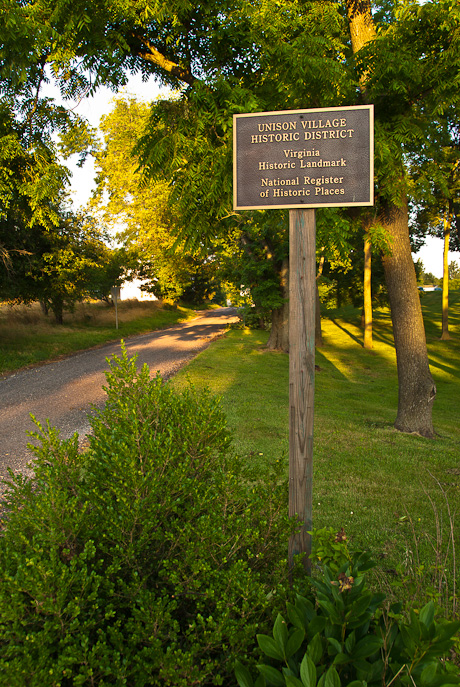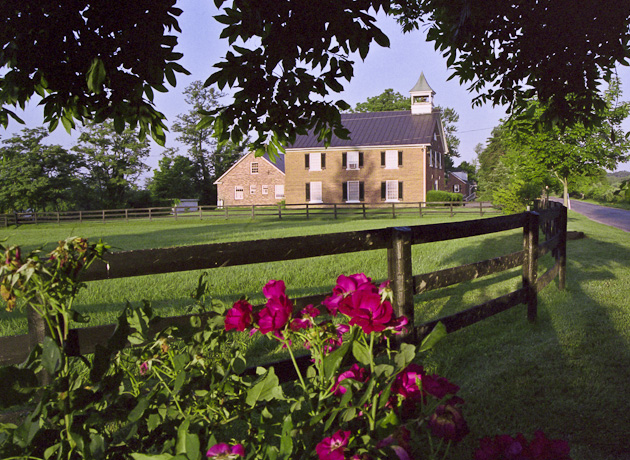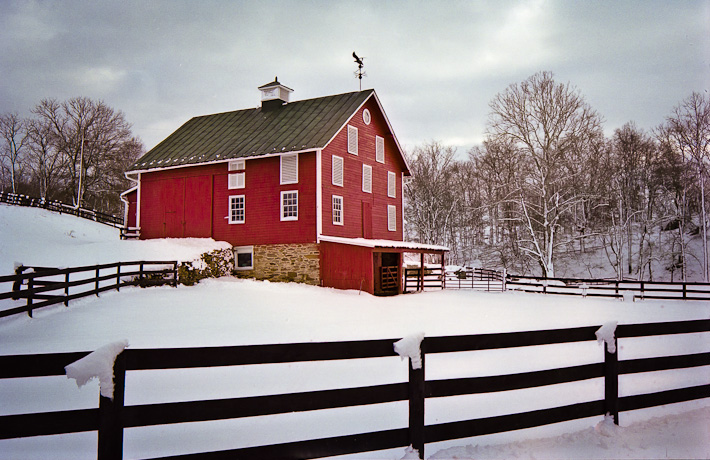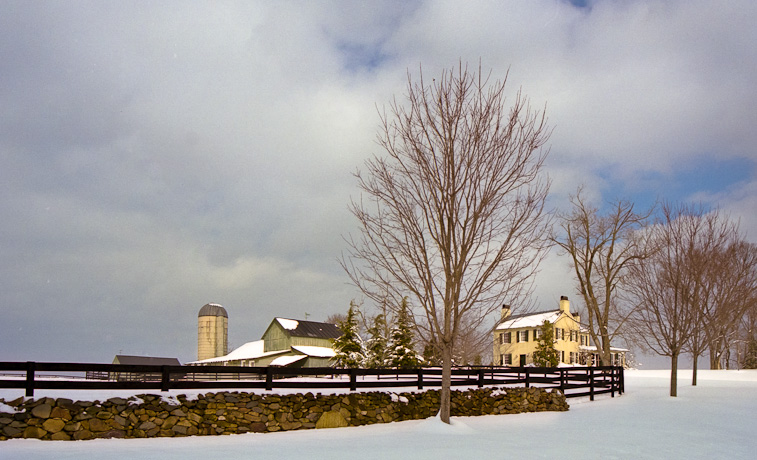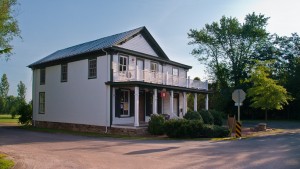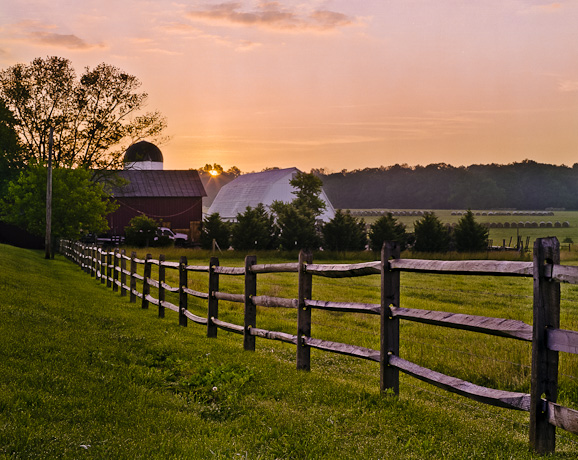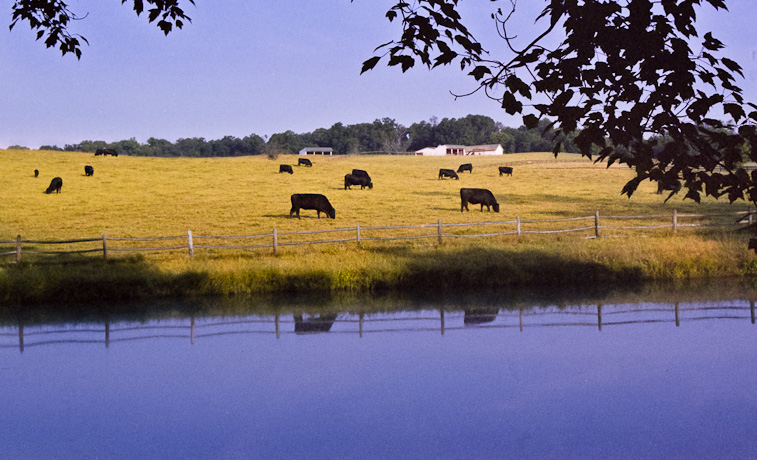Most people who take pictures use them just as they come out of the camera. But this is rarely the case with photographic artists. Artists may spend hours on the best images to transform the image provided by the camera into an image that meets their own artistic vision of the scene: this is the creative phase in photography. In this regard, the photographic artist differs from artists who use paints or charcoal only in the medium used to fix the subject within a defined frame.
The creative approaches used by photographers during the creative phase–that phase in which the artists exercises the most artistic freedom– vary greatly. While one artist might limit his/her manipulation of the image to adjusting the lighting to create a more dramatic effect, another might take that same scene and compile it with several other images to create a ‘scene’ that departs drastically from what the camera saw; in fact drastically departing from reality. Jerry Uelsman was among those who exaggerated that definition by merging various photographs to create composite images. He became quite famous doing this (see http://www.uelsmann.net/).
Photography has been traditionally a documentary technology used to capture on film an image produced by light waves emanating from a scene in front of a lens. Because of this documentary aspect of photography, most people today still believe, and expect, that a photographic image is essentially a factual representation of an actual scene, setting, subject, or incident. When you ask the the man on the street whether a picture is “real,” they will tell you that it is unless it obviously isn’t (such as the proverbial rabbit head on the body of a moose or the beautiful but fantastical composites by Uelsmann).
In the digital camera age using photo editing software, it’s a simple matter to overlay 2, 3, or 16 different camera shots into one “photograph.” Whether it’s Uelsman’s merging of several negatives or a modern digital photographer’s merging several digital files, the essence of fact that distinguishes photography as a documentary technology can be completely lost. So my question is.. “When does artistic freedom begin to contradict the fundamental definition of photography?” If compositing multiple images isn’t photography, then what is it?
When it comes to artistic freedom in general, I say “to each his/her own.” But that’s not my opinion when it comes to defining photographs. Photographs should be kept a pure art form. I think that every pixel (or grain of silver) should represent a wave of light that entered the camera and struck the sensor/film at the time of capture of the subject or scene.
Artists who paint or draw can put whatever feature(s) they want on the pallet before them and no one questions it because no one accepts a painting as representing reality: we all know it’s the artist’s imagination that we see on the canvas. I believe those who do the same using photographic images aren’t photographers, but they are artists, still. But what do we call this if not photography? Perhaps it’s more precisely an illustration.
Why should this matter to the fine art community and to photographers specifically? Because if we continue to merge multiple photographs into one image and still call it a photograph, then the art form we know as photography will revert to a tool no different than the paintbrush, spatula, or pencil in the hands of a skilled realist. Photography will have no distinction as an art form itself because it will not longer have a distinctive “form.” In fact, fine art photography may cease to exist. Beautiful vistas of the Grand Canyon will no longer be credible (“was that ridge really in the scene or did the photographer merely put it there?”). We’ll know this has happened when our viewing public expects that an image has been “photoshopped,” whether it has or hasn’t.
Where should photography draw the line regarding artistic freedom in image manipulation?
My opinion is that as long as the image doesn’t contain a physical entity that wasn’t there when the shutter was clicked, it’s a photograph. So putting a boat into a picture of a mountain lake, when that boat wasn’t there at the time the mountain lake was captured is not photography. But enhancing lighting by dodging and burning or setting levels, cropping, or enhancing colors, none of these change the content of the photograph as it was captured, and thus remains a valid documentation of light hitting the film (or sensor) when the shutter was clicked.
I’m certain this opinion will be hotly debated..I’m not the first to raise it as an issue for our times. What do you think… are then ANY bounds is how we define photography today? When does a photographer stop being a photographer and start being an illustrator? Do we owe it to our art public to keep photography ‘real?”

